With a lot of experience in raising native black pigs, Mr. Dinh Van Rom in Quarter 2, An Lao Town, An Lao District, Binh Dinh Province happily said: Taking care of native black pigs is quite simple, mainly taking advantage of locally available foods such as sweet potato leaves, banana trees, cassava, corn, and rice bran.
The indigenous black pig breed is less susceptible to diseases, and can be sold after being raised for about 7-9 months. Normally, when the pig reaches a weight of about 30 kg, its meat is the best. With the characteristics of the An Lao black pig breed, which is low in fat and sweet, many customers usually come to order it to eat, so it is normal for it to be sold out during this Lunar New Year.
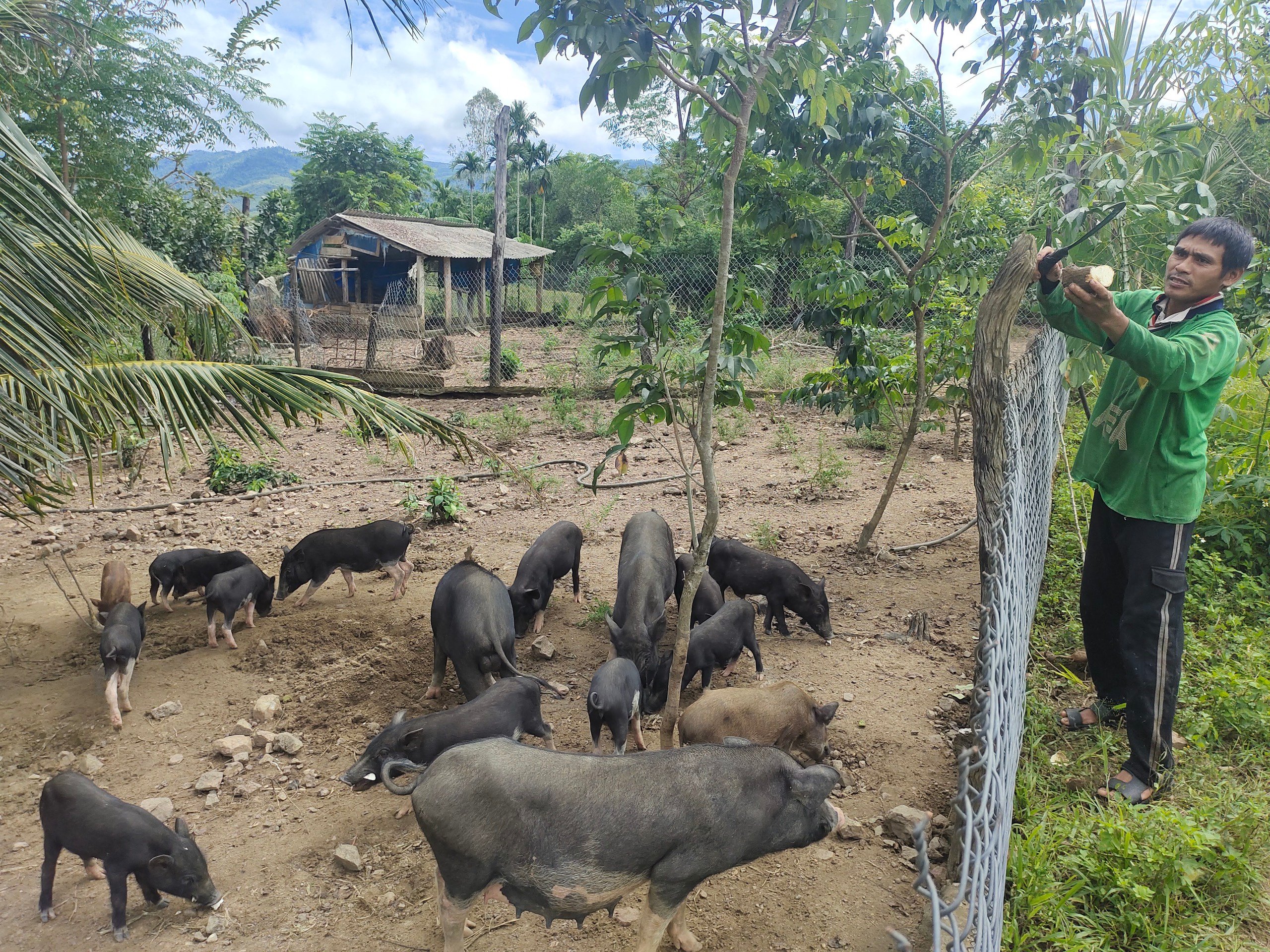
Raising black pigs, Mr. Dinh Van Rom, in Quarter 2, An Lao Town, An Lao District, Binh Dinh Province, feeds them cassava, sweet potato leaves, banana trees, corn bran, and rice bran. Photo: DTD
According to Mr. Rom, black pigs raised in the natural environment grow slowly, but the price of meat is relatively high, about 140,000 - 180,000 VND/kg. Mr. Rom has just sold a litter of 5 pigs for 20 million VND, the money from selling the pigs is enough for his family to cover living expenses and buy more piglets.
Mr. Dinh Van Kem, in village 1, An Toan commune, has been raising black pigs for more than 5 years, earning more than 40 million VND each year from selling breeding pigs and pork. Mr. Kem said: To raise pigs, I invest in barns in the fields, surrounded by B40 mesh fences to create an open space for the pigs to move freely. The source of food for the pigs is utilized such as rice bran, leftover rice soup and vegetables, tubers, fruits, and banana trees available in the garden.
Mr. Kem's pig farm has 2 breeding sows, on average 1 sow gives birth to 10 - 15 piglets per year, in addition to selling breeding pigs, Mr. Kem raises them for meat. "This type of pig has very lean, fragrant and sweet meat, so during Tet, traders come to the house to buy it at a price 2 - 3 times higher than pork on the market. Since raising black pigs, my family has always had a stable income, life has gradually changed, celebrating Tet is more prosperous and complete", Mr. Kem shared more.
It is known that the An Lao black pig brand has been known in many places, so the value of black pigs is always higher than other pig breeds. Raising several litters of pigs a year, each household in the An Lao highlands can earn 40-50 million VND. Grasping the high demand of the Tet market, in addition to raising black pigs, people also invest in raising wild pigs to have more income every time Tet comes.
Mr. Dinh Van Lo - Chairman of the Farmers' Association of An Lao district said: Black pigs have delicious meat quality, currently favored by the market, especially during the Lunar New Year. The Association is promoting coordination with functional sectors to implement support policies, encouraging people to develop a model of raising specialty black pigs, in order to create local typical products, thereby contributing to the development of household economy, especially ethnic minority households.
An Lao District Farmers' Association has directed the Farmers' Associations of communes and towns to regularly monitor and advise people on how to build barns, care for them, and prevent diseases during the raising process to help bring high efficiency. In 2023 alone, the Association supported and mobilized 1 professional association and 3 professional associations for raising black pigs in An Trung, An Dung and An Hung communes; Coordinated to open 14 training classes, teaching about raising black pigs, wild pigs, free-range pigs, raising and preventing diseases for livestock, etc. with 455 farmers participating.
With its economic value, An Lao black pig has been recognized as a 3-star OCOP product and has been certified by the Department of Intellectual Property of Science and Technology for product ownership and local collective trademark. In the coming time, the An Lao District Farmers' Association will continue to mobilize farmers to replicate effective livestock models. At the same time, it will focus on building production links to increase product value, contributing to creating stable output for ethnic minorities to increase income, gradually eliminate hunger, reduce poverty, and strive to become rich on their homeland.
Source








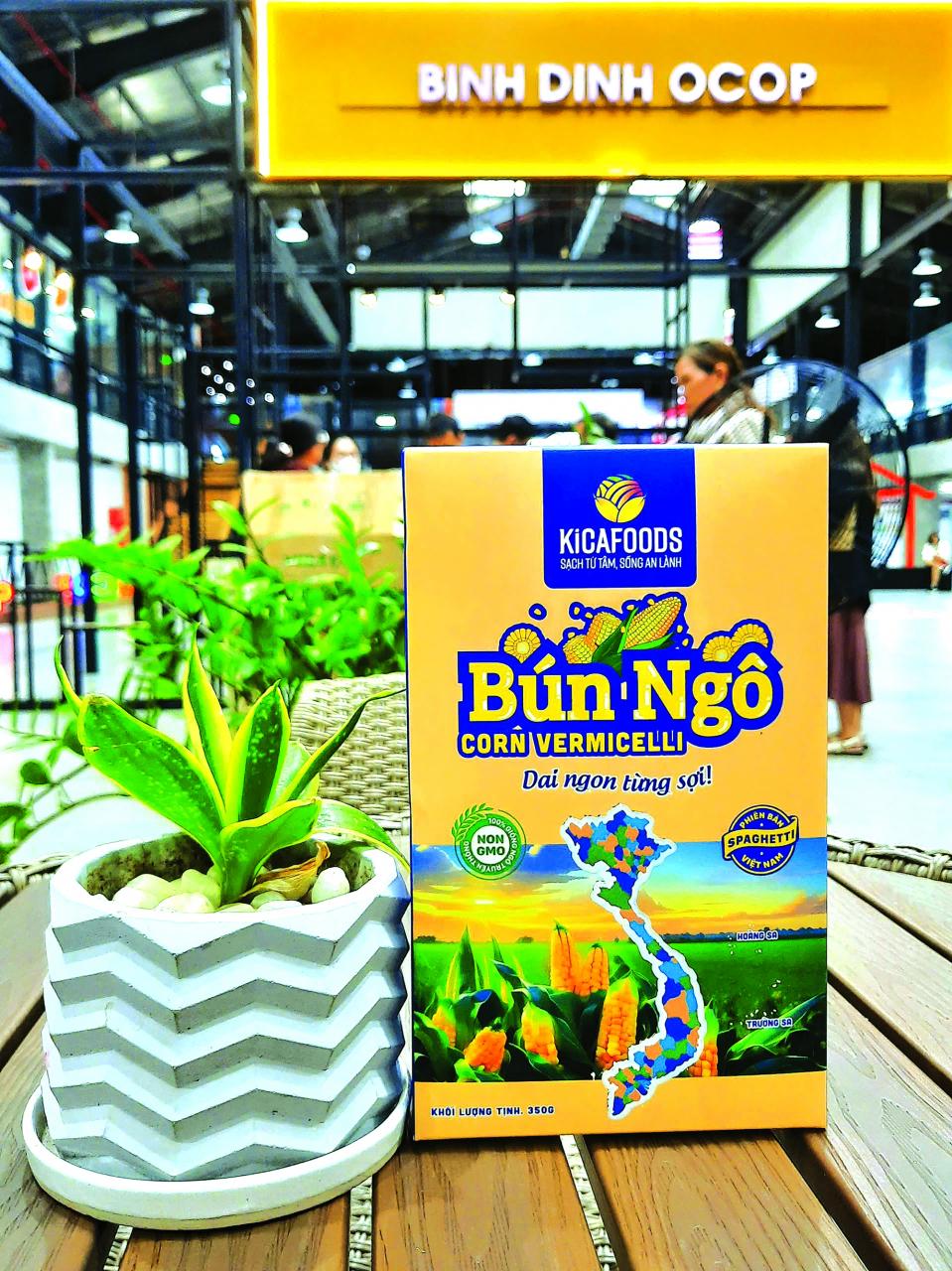



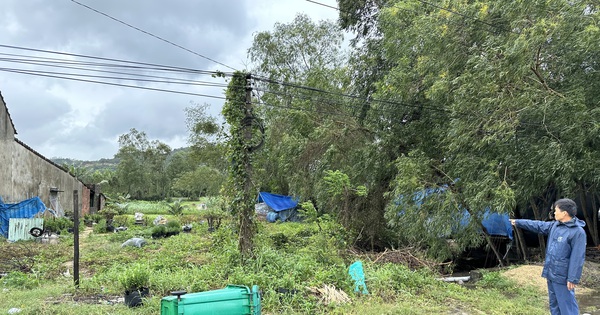


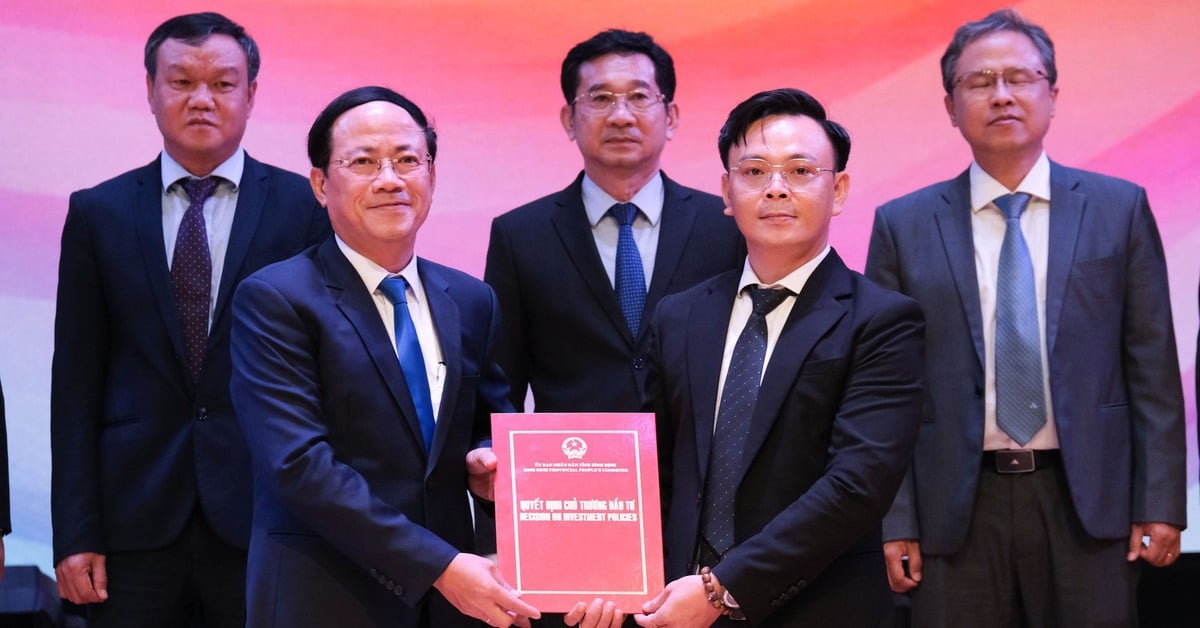

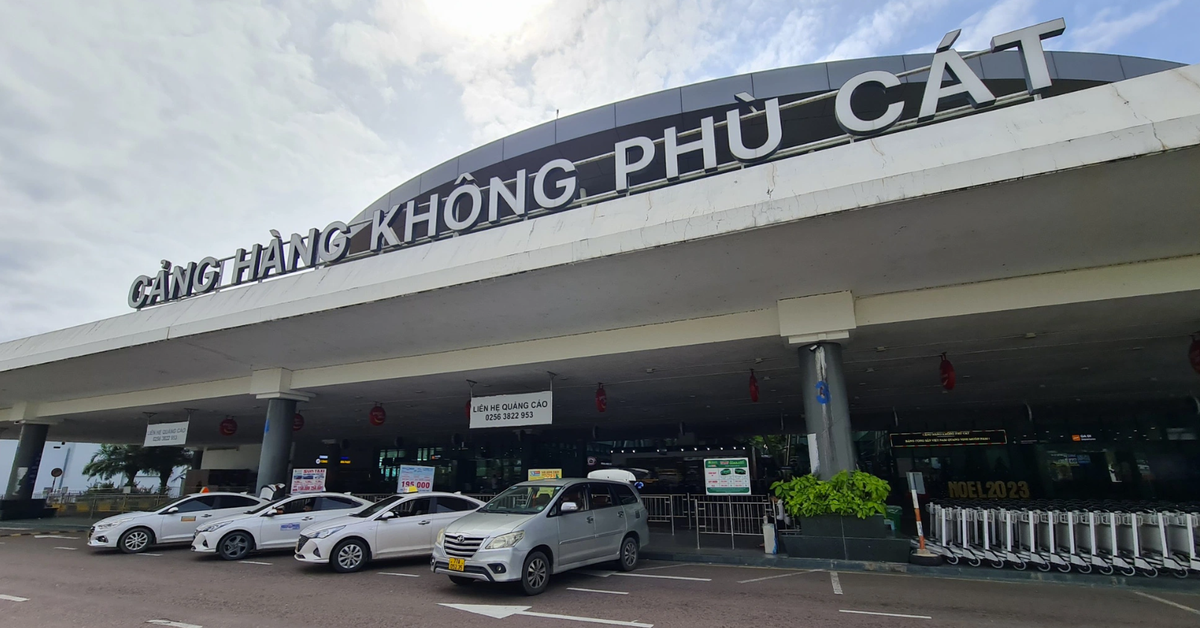
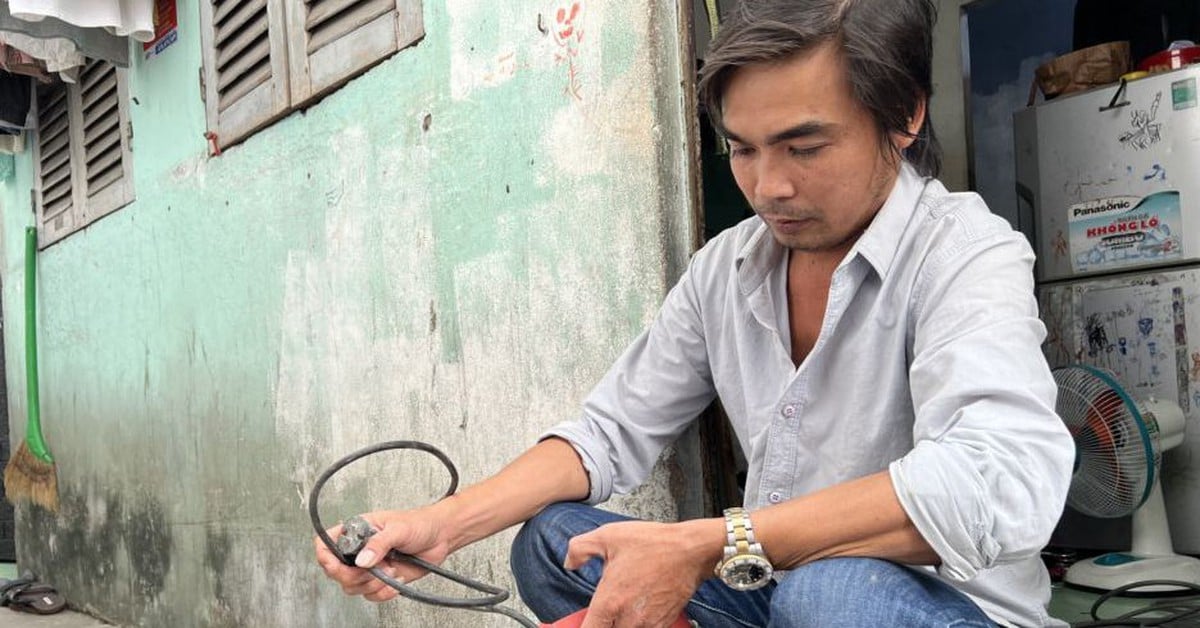
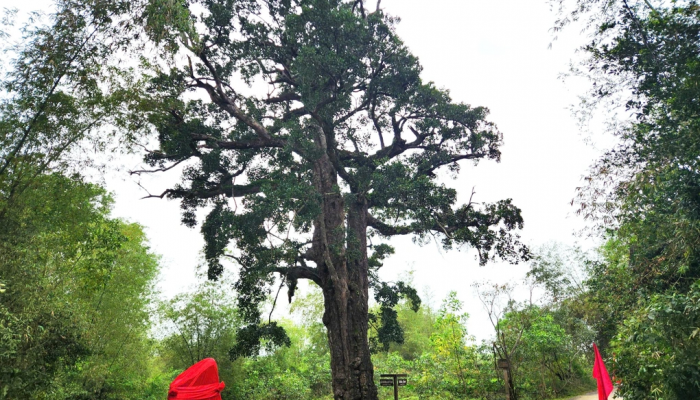













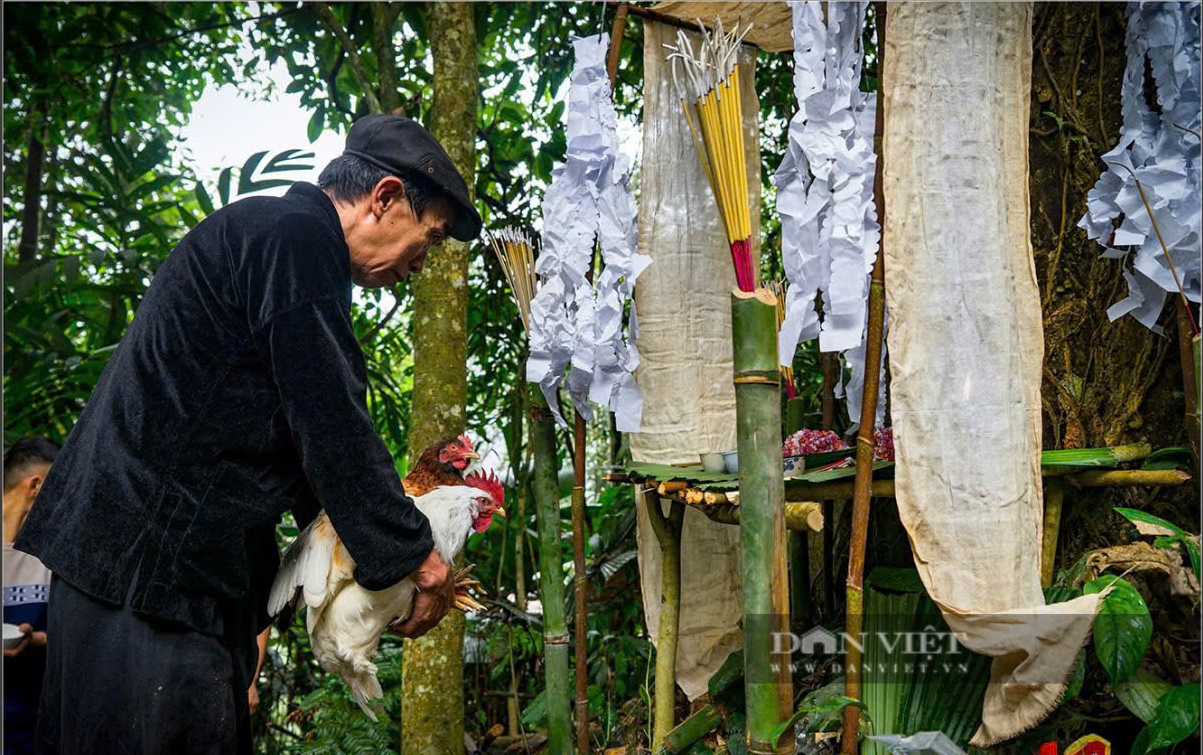
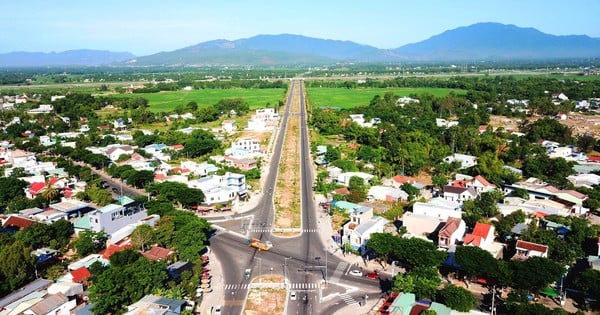
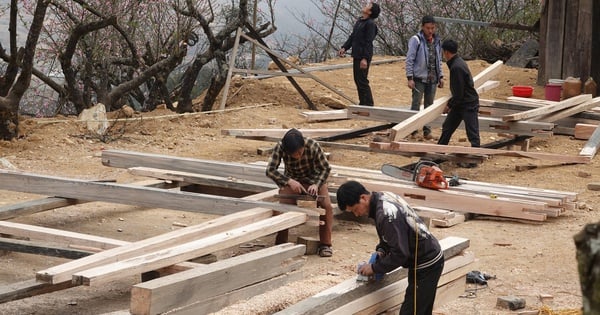
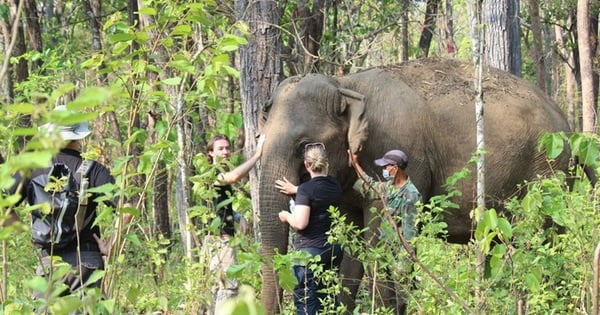






![[Photo] Prime Minister Pham Minh Chinh chairs Government Conference with localities on economic growth](https://vstatic.vietnam.vn/vietnam/resource/IMAGE/2025/2/21/f34583484f2643a2a2b72168a0d64baa)
















































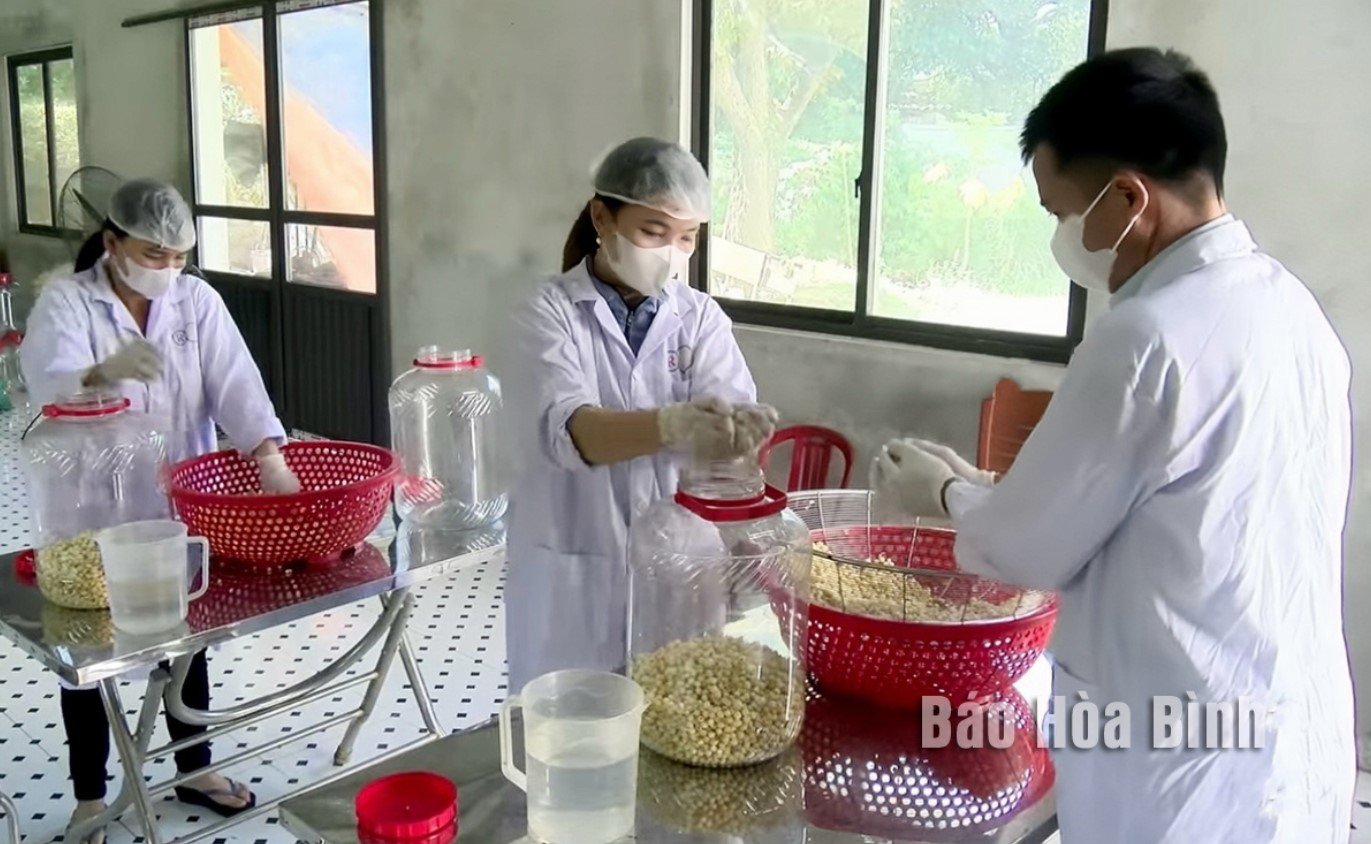







Comment (0)